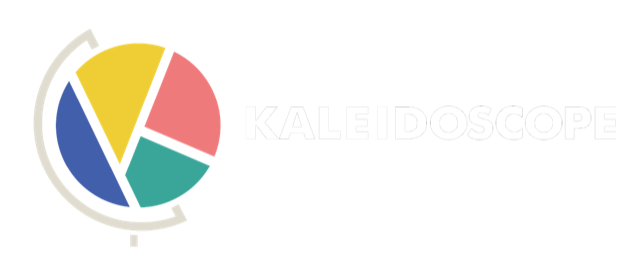Sarah Dillard and Edie Abraham-Macht
This summer, we were hired to run a series of two-hour workshops for a rotating cast of students from all over the world. Instead of just showing up and doing our two hours, in & out, we turned each single event into half a dozen learning opportunities through strategic structuring. And we were able to do this even though we had a somewhat different set of students each week who hailed from 100+ countries, had variable levels of Internet connectivity and English language skill, and had a broad range of formal schooling experiences.
A typical two-hour online workshop is just that: a single two-hour session. There may be breakout rooms or a bit of reading for pre-work, but not a lot of actual work gets done.
Here’s what we do instead to maximize the work, with examples from our workshop on the Magic of Story Structure:
Pre-survey students on what they already know about the topic and what they want to learn so that we’re able to meet them where they are: We asked students what they wanted to learn about telling their stories and looked for clusters of themes to structure our session around.
Assign substantive pre-work, generally a rough first draft: Students submit a rough draft responding to a common personal essay prompt. To lower the stakes and get writing flowing, we just ask them to write a rough paragraph rather than framing it as a first draft of an ‘essay.’
Focus the live session on critiquing pre-work examples (1.5 hours): We teach principles of story structure, then apply the framework to a few student examples from the pre-work to show how transformational story structure can be.
Independent iteration on work product: Students apply the principles of story structure to create stronger second drafts of their essays.
Small groups meet to give each other feedback on work product: Students workshop each other’s second drafts.
Students complete a third draft of their work product: In this case, a third draft of their personal essays, incorporating feedback students received from their small groups.
A week after the first live session, we hold a live extension session (0.5 hours) where we collaboratively critique more final student work products and introduce a concept or two to take the topic further: We workshop much-improved student essay examples to teach the final steps of editing essays for clarity and style.
Students complete a fourth, final draft of their work. The final product: resonant personal essays that convey the impact students have made, whatever that may be!
This design structure creates many more opportunities for learning and iterating, which leads to:
Vastly improved student work products
More student connection, as students meet in small groups
A culture of talking about the work and giving & receiving feedback, which increases relevance, an important motivator for students
More opportunities to retrieve, consolidate, and elaborate on what students are learning, which learning science tells us makes it much more likely that the learning will stick
By getting students to engage with and apply the material multiple times rather than just once, we are building muscles that students can flex long after the workshop ends. Transformational learning is not some magical, stochastic occurrence, but rather baked into our design from the very beginning.
Have thoughts on other ways to maximize student learning? DM us on Instagram (@kaleidoscope.education)!
Helpful Links
Learn more about our workshops
Read related pieces:
Community, Conversation, and Collaborative Critique: Learn more about the cornerstones of our classes.
6 Reasons We Love Online Learning: How we leverage its unique strengths.

